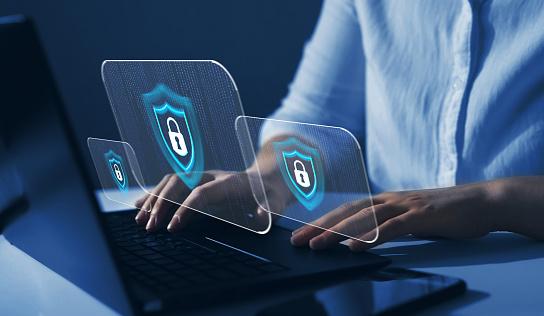Technology is a tremendously powerful and sometimes dangerous thing. Although it makes life more convenient for most, it comes with the drawback of being a prime target for attackers/hackers everywhere. Cyber threats are growing every year, and they can often strike without warning. Sometimes, the best way to stay safe and ahead of such attacks is to be informed about the latest security trends and threats. Today, we’re covering five of the most significant cyber risks to watch out for this year.
Phishing and Social Engineering
Everyone has heard of phishing. Phishing is a cyber attack wherein attackers use email, text message and other electronic communications to dupe unsuspecting victims into disclosing their sensitive information. Sometimes it’s banking or credit card details. It can also be personal information that later leads to identity theft. Most successful data breaches (about 90% of them) happen because of phishing. Social engineering is similar to phishing, but far more insidious. In social engineering, attackers use psychological manipulation techniques to gain access to confidential systems. Both types of attacks can be severely damaging. Businesses must undertake the burden of educating their teams to recognize such attacks and implement security measures (such as anti-spam filters and two-factor authentication) to prevent them from happening in the first place.
Mobile Security Issues
Mobile phones are everywhere these days. Just like pogs and bad hairstyles in the ’90s, these handy little devices rarely (if ever) leave their owner’s hands. The increasing use of mobile devices by employees at many companies—and the rise of remote work—means more possible threats and attacks that might target those devices. Mobile devices are vulnerable to malware attacks and applications. Spyware, trojans, viruses, hijacking, data theft and phishing can all negatively affect mobile phones. Companies must ensure they protect their mobile devices using robust security solutions such as antivirus software, device usage policies, encryption, device management and secure wireless networks. By making mobile devices safer, they become one fewer attack vector for hackers to exploit.
Ransomware
Ransomware is malicious software that encrypts a victim’s files until they pay a ransom to get them back. Instead of a cryptic message composed from a collage of newspaper headlines demanding payment, attackers dangle a decryption key over the heads of their victims. They claim they’ll release the key if they receive payment. They’ll usually demand payment in cryptocurrency as well. Unfortunately, stopping a ransomware attack is nearly impossible. Preventative measures are necessary. Regular backups using the 3-2-1 method can help, along with restricting access to systems and using strong passwords. Ransomware attacks have become increasingly common in recent years due to their effectiveness in extorting money from victims. Unfortunately, they’ll continue to happen as long as they’re successful. Therefore, every business must take appropriate precautions to prevent ransomware as much as they can.
The Internet of Things (IoT)
The Internet of Things (IoT) is an interesting thing. Essentially just a networked connection between physical objects like appliances and vehicles and the internet, it offers a way to gain more functionality and convenience from everyday things. Most businesses use it as part of their daily operations. It can do some amazing things, but is also susceptible to attacks or exploits. A lack of proper security protocols on these devices means they’re more vulnerable and businesses must strive to keep them more secure. Start by keeping them updated with the latest firmware version, use powerful passwords, and always configure your firewall properly to keep your IoT items safe.
Corporate Account Takeover
Corporate account takeovers—unauthorized access or control over corporate accounts—can happen through a successful malware or phishing attack. To guard against such attacks, multi-factor authentication, stronger passwords, restricted admin privileges, and monitoring usage activities are all necessary for any business. Moreover, identifying and mitigating growing attack surfaces at your company is necessary to prevent corporate account takeovers (among other cyber attacks). Being proactive with cyber risk management policies and identifying critical risks can help your company stay ahead of the current threats landscape. Businesses must always be aware of the risks cyber criminals pose and find methods to effortlessly prevent, mitigate, and recover from malicious attacks to keep your organization going.



